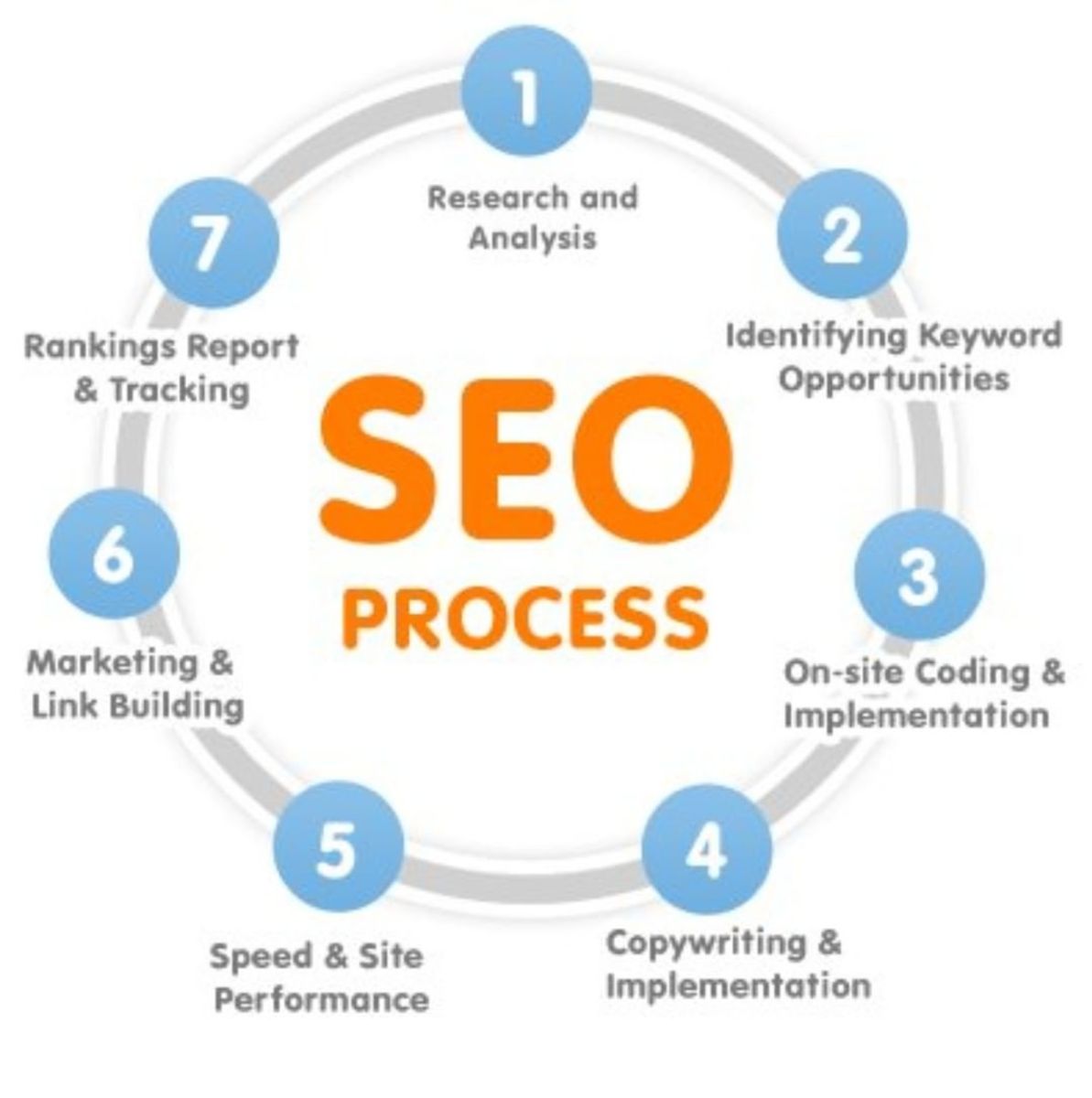- HubPages»
- Technology»
- Internet & the Web»
- Social Networking
Twitter and SEO - What You Need to Know First
What You Need to Know about Twitter and SEO
Before you get on Twitter in an effort to improve your site’s search engine optimization or SEO, have your site up and running. Whether it is a Tumblr page, blog or polished website, you need a website. Then set up your profile on Twitter. You should have a photo to prove that you’re a real person or represent a legitimate organization.
Have a decent bio. Don’t forget to put backlinks to your blog and social media accounts in your Twitter bio to improve your personal SEO. (Note – this is true if you’re using a Twitter rival like Gab.com, too.)
You need to engage with your audience on Twitter. It is not a bull horn to yell at the crowd but, ideally, a communication tool. Respond to questions, and use it as a source for new material. A good way to utilize Twitter is to write new long content that answers user questions and then Tweet out the link to the article or book to those who asked the question, telling them where they can find the answer.

Remember to put an emotional space between yourself and Twitter responses. Don’t get into a Twitter war with someone whose goal is to tear you down, whether for their personal edification or simply entertainment. There is an old joke that you shouldn’t argue with idiots because idiots won’t be converted and others may not realize you’re not an idiot. Get into such an argument on Twitter, and you could end up giving your followers the wrong impression or even receive bad press that suggests so.
You can respond once or twice politely, but if someone continues to argue with you on minutia or personal attacks, block them. You should invest your time in responding to positive comments, questions or minor criticisms that can be addressed in one or two exchanges at most. And thank those who share your content or praise you.
You can sell on Twitter, but it should be one in five Tweets or less. Anything more than this and you’ll lose people for being too spammy. So for every sales Tweet, send out four or more that are value added for your followers.
If you’re struggling to think of what to send out, remember that this is a social media platform. Share articles that are relevant to your audience. An ideal case is sharing an article a friend or peer wrote while mentioning the relationship. Share reviews others did of your books, especially if you can give a shout out praising the reviewer. Do mention releases of your next book coming out or notify your followers of a new blog post being published. The mention of your blog in a Tweet improves the brand’s weight with search engines, and when many followers click on the link to view it, your search engine rankings go up.
Know your free teaser, though it may change. Are you sending out coupon codes to make access to your newsletter free this week? Are you sending exclusive offers for freebies to the first ten people to sign up for your newsletter? Are you promoting a free ebook which coincidentally mentions your other books for sale?
Your ideal reach is based on the size of your network and their following. You should try to follow prominent influencers who have some overlap with your audience. If you re-Tweet their content once in a while, you may be noticed. Share their content while mentioning what you think of the work, and you may get mentioned and see your own content shared by them once in a while. When you are seen as serving others, you’ll gain followers. If you seem to be selling yourself and your product, you’ll lose followers.
Plan when you will send the Tweets out to increase the odds they will be seen and shared. The best times to send your Tweets are at the start of the work day, right after lunch, just before dinner ends and 8 PM local time. Conversely, the only way someone notices late night Tweets is if they were funny or offensive and trigger a viral storm; in either case, this isn’t the publicity you want.
Use the right hash tags for your brand. Register hash tags if they don’t already exist relative to your company name, brand and personal name. Use your hash tags periodically to maintain control over them and their association with them. Don’t forget to put hash tags on content pieces you publish online so that the content itself comes up in searches for the hash tag itself or searches for that search term. Power words can improve the odds Tweets are shared, such as “Inspiration” or “Business”.

Trending topics are a risky proposition. If you’re piling onto a trending topic, you may be lost in the crowd, be seen as another me-too case or say something you may regret in an effort to stand out from the crowd. The people who joked about raping Justine Sacco in response to her tactless Tweet about not getting AIDS if she went to Africa should fall into the last category, but there was such an outrage in response to her Tweet intended to raise awareness of racial disparities in AIDS infection rates that no one noticed those horrific threats against the publicist except Jon Ronson.
Tweet about a trending topic toward the end, and you’ll appear to be a Johnny-come-lately and hurt your image for the few who notice it relative to the new, hot topic. Avoid the temptation to jump into criticisms of trending topics that are far from your expertise or you’ll end up undermining yourself; you risk creating a negative digital impression that will take years of SEO work to clear.








